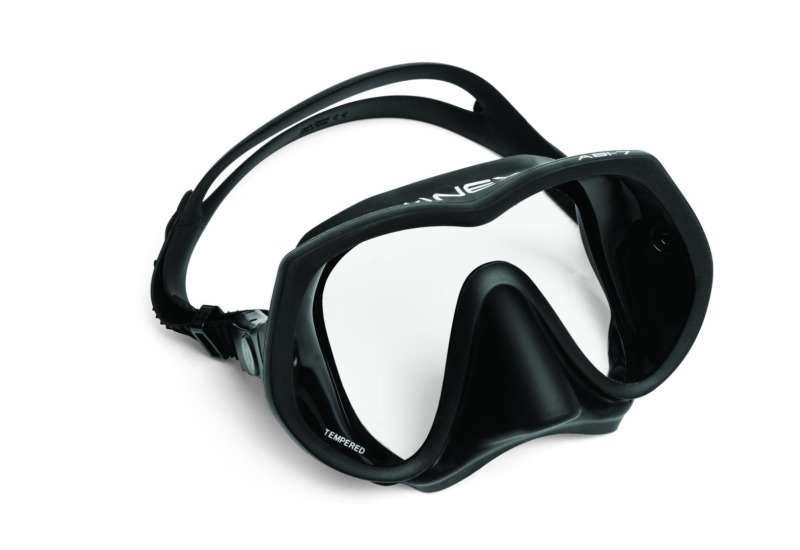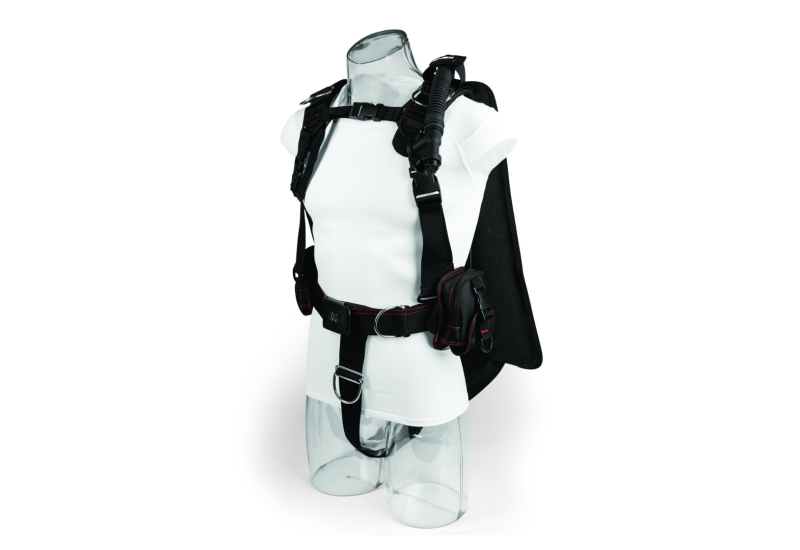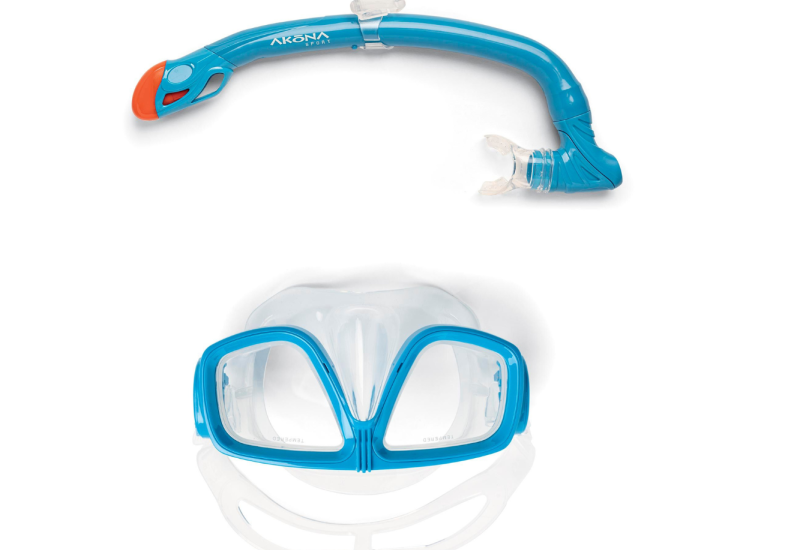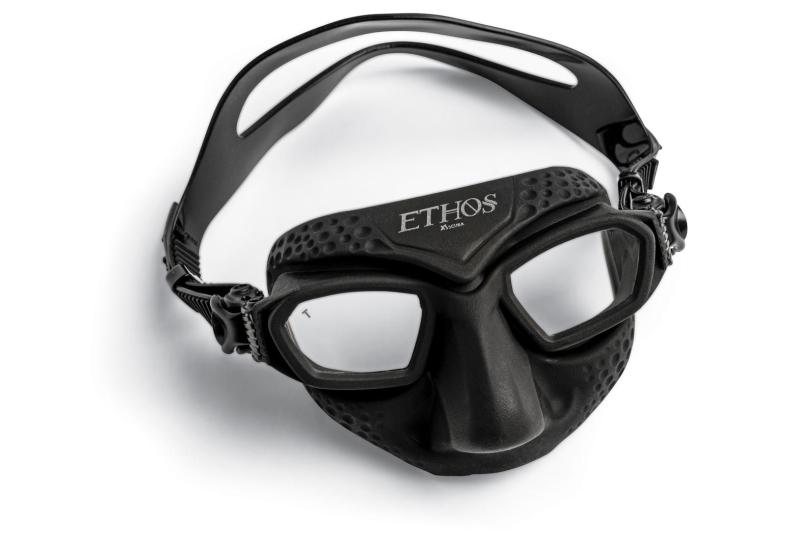Everything We Know About Prescription Dive Masks and Corrective Lenses
Prescription Dive Masks and Corrective Lenses
Maybe the numbers on your dive computer seem smaller than they used to. Or maybe you’re tired of the fuzzy view when you swap your glasses for your dive mask. The good news is that divers have more options than ever for sharpening their view underwater. Being a little fuzzy in the eyes ourselves, we’ll share some observations about our experiences with prescription dive masks and corrective lenses.
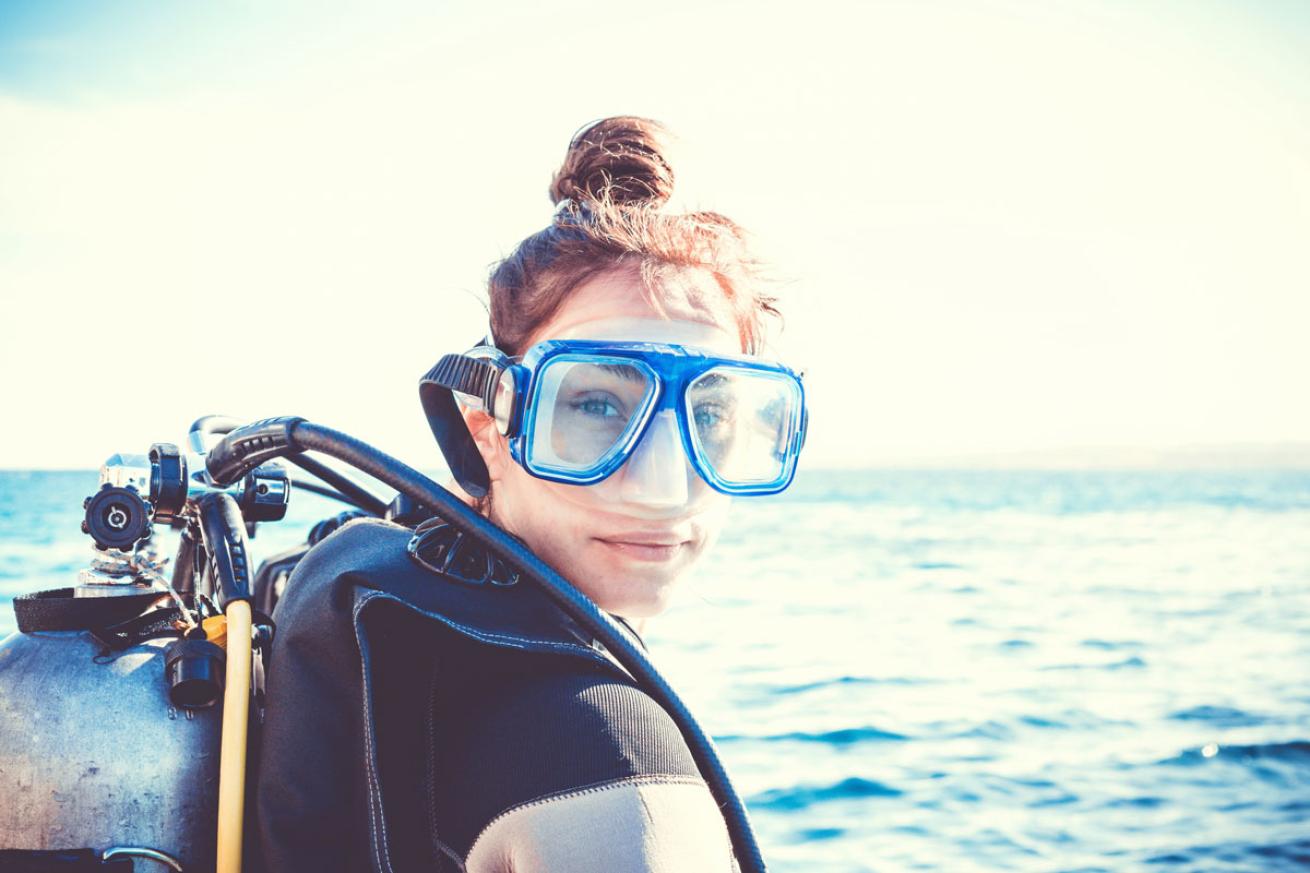
Shutterstock.com/KucherAVFit and comfort of a scuba mask only go so far, you need to be able to see through the lenses.
Off-the-Shelf Corrective Lenses
We all wish we could go scuba diving with the glasses we wear each day, but it’s not possible to wear both a mask and glasses and attain the comfort and seal that’s needed. The hunt for the right mask lenses still starts with the right mask, because no matter how well the lenses correct your vision, they won’t do you much good unless the mask itself fits you well enough to provide a comfortable, leak-free seal.
These days, there are dozens of models compatible with user-replaceable corrective lenses. Most major scuba manufacturers offer corrective lenses for several different models of their masks, designed to fit a range of face shapes and sizes. While prices vary, many are available at $30 to $40 a lens. These lenses aren’t your actual prescription, but they come in steps of correction that allow you to pick one that’s pretty close. While the range of correction varies between manufacturers, they usually cover a wide spread in steps of a half-diopter, the measure of correction in the lens.
How do you know which diopter step to select? If you have a copy of your current eyeglass prescription, that’s all the info you’ll need. Look for O.S. (left eye) and O.D. (right) with some numbers to 1 or 2 decimal places that will have a “-“ in front if you’re near-sighted and a “+” if you’re far-sighted—for example, -3.25 or +1.5. (Each eye will also have a “cylinder” number if you have an astigmatism, but off-the-shelf lenses don’t typically correct for this.) On some masks, especially newer models, the lenses are symmetrical, so they work on either side and aren’t sold as left or right. But many older models have different-shaped right and left lenses.
If your prescription falls between diopter steps, choose the next highest, so, for -3.25, select the -3.5 lens. If you buy your mask and lenses from your dive shop, they’ll install them for you. But if you’re buying lenses for a mask you already own, they’re not hard to install yourself, although they don’t all work the same way. Most masks have frame rings on the front of the lenses with small plastic tabs that lock into slots on the mask frame; you pry the ring in enough to free the tabs, remove the ring and lift out the lens.
Some masks designed for quick lens swaps instead have a nosepiece, a screw or other locking device that holds the frame or ring in place. Whatever the method, don’t force a makeshift tool, and especially don’t use a screwdriver to pry out the frame ring, which can damage the mask and lens. Instead, use a specially designed plastic mask prying tool to do the job. One is often included with new corrective lenses, or can be purchased online for a buck or two.
Pry carefully so you don’t break the plastic frame ring. When reassembling, be sure the replacement lenses are pressed completely in place and flush in the frame, and take care that the tabs in the frame ring are fully seated.
Best Prescription Dive Masks
Below are some popular masks that are available with corrective lenses and fit a wide range of face sizes and shapes:
• Aqua Lung Look 2
• Atomic Aquatics Subframe
• Dive Rite ES125
• Cressi Big Eyes Evolution
• Hollis M3
• Mares X-Vision
• Sherwood Magnum
• Scubapro Zoom
• Seac Italia
• Sherwood Magnum
• Tusa Paragon
Prescription Dive Mask Lenses
Divers often refer to their off-the-shelf corrective lenses as “prescription,” but there are companies that offer actual prescription mask lenses, down to your precise diopter and astigmatism correction, as well as bifocals.
Some companies offer a selection of masks from which you choose your model, with your prescription installed. Others create prescription lenses for your own mask, which you send to them for installation of the lenses. The procedure we’re familiar with involves putting your prescription into lenses that are bonded onto the inside surface of your mask’s lenses.
Prescription lenses are more involved and more expensive than just selecting and installing a set of off-the-shelf step diopter lenses. But the benefits are that you have your exact prescription and that it can be installed in any type of mask, including full-face masks.
Making the lenses requires knowing the distance between your pupils; some companies want you to measure the actual distance, while others have you mark the center of your pupils onto your mask lens with a felt-tip pen. For bifocals, you use a second pen mark or tape line to mark the top edge of the bifocals. (We’ve found this chore is easier if you have someone else do the measuring or marking for you.)
Costs of prescription masks vary, but expect to pay $200 or so for a basic prescription, with the price rising for high-powered corrections and bifocals. Ask your dive shop to recommend a company they have worked with.

